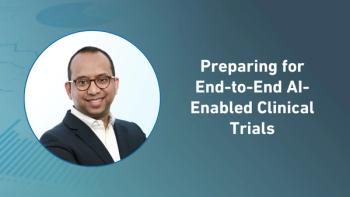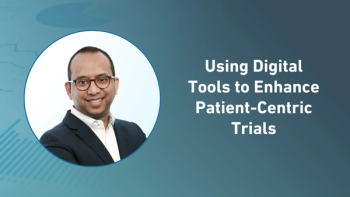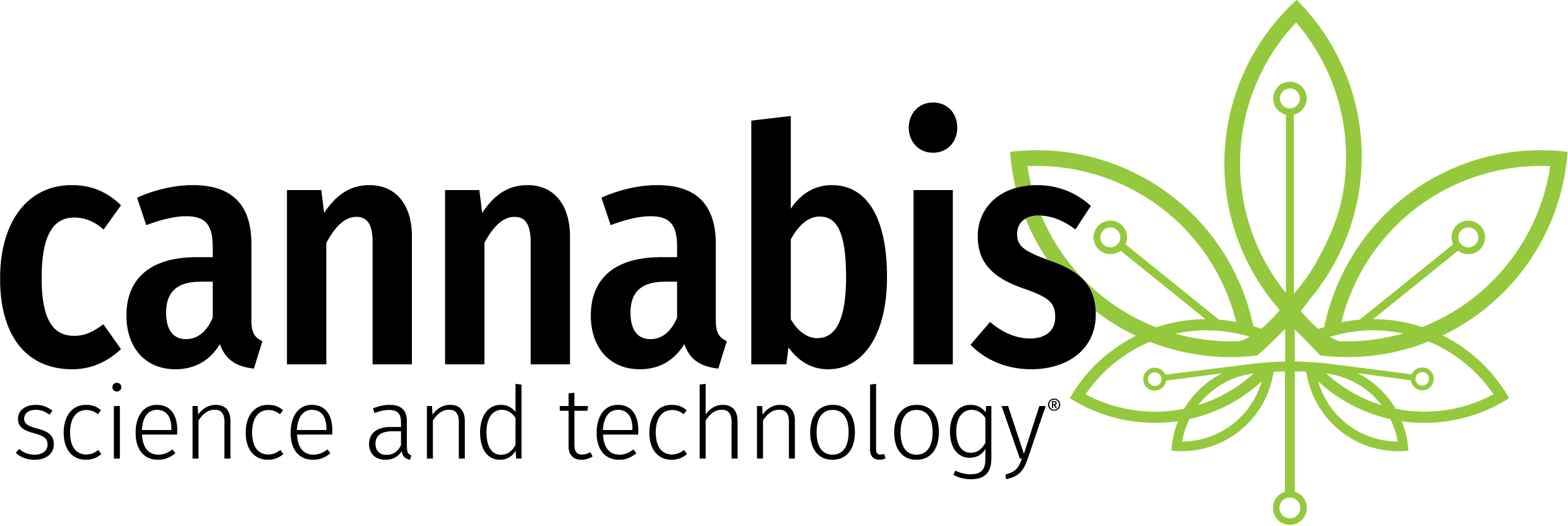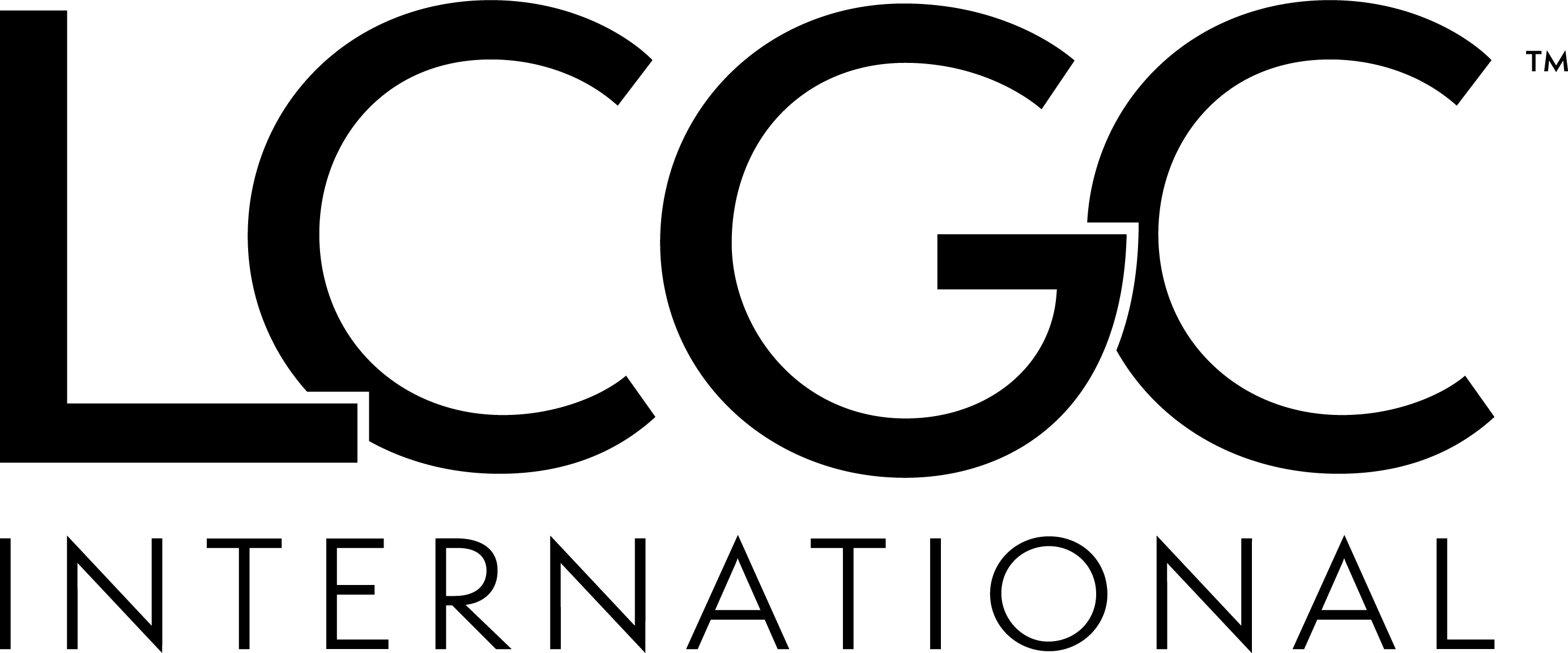
Regulatory Professionals Salaries Up 5.4% in 2013, RAPS Survey Finds
RAPS has released the results of its biennial survey of the global healthcare regulatory profession.
The report shows regulatory professionals’ base salaries increased by an average of 5.4% from 2012 to 2013. Since 1999, their average base salary has grown 3.5% per year, and average total compensation, including bonuses, increased 4% per year. The average salary for a full-time, US-based regulatory professional was $126,163 in 2013.
“Regulatory knowledge and expertise has proven to be quite valuable to employers in the life sciences sector,” said RAPS Executive Director Sherry Keramidas, PhD, FASAE, CAE. “This makes good sense from a business and strategic standpoint. For drugmakers and medical device companies, regulatory setbacks can be very costly. Having skilled people to help guide products through the regulatory process is a great asset, and employers recognize that.”
The survey found regulatory professionals’ pay is affected most by job level, but also by several other related and interdependent factors, including regulatory experience, highest-earned degree, total professional experience and whether they hold the Regulatory Affairs Certification (RAC) credential. The credential has the greatest impact on compensation for professionals in the US, where the RAC has the longest history, as US-based professionals with the RAC earn 10.6% more than their peers.
The survey also asked respondents about their job responsibilities. Regulatory intelligence and regulatory strategy have grown in importance and together now represent an average of about 20% of regulatory professionals’ time. They also spend significant time on business and management duties.
More than 90% of regulatory professionals began working in another field before transitioning into regulatory; 75% worked in fields closely related to regulatory. Overall, the ratio of total professional experience to regulatory experience is nearly two to one.
Regulatory professionals are highly educated. Nearly all professionals (99%) have university degrees, and 69% pursued postgraduate studies. More than 40% hold master’s degrees and 20% have doctorates. Most regulatory professionals (94%) hold degrees in the sciences, a clinical discipline or engineering. Degrees or certificates in regulatory affairs or regulatory science are becoming more common but still are held by a minority of professionals in the field.
The 2014 Scope of Practice & Compensation Report for the Regulatory Profession is based on survey responses from 3,355 regulatory professionals in 62 countries. For a copy of the report, visit
Newsletter
Stay current in clinical research with Applied Clinical Trials, providing expert insights, regulatory updates, and practical strategies for successful clinical trial design and execution.





.png)



.png)



.png)
.png)
